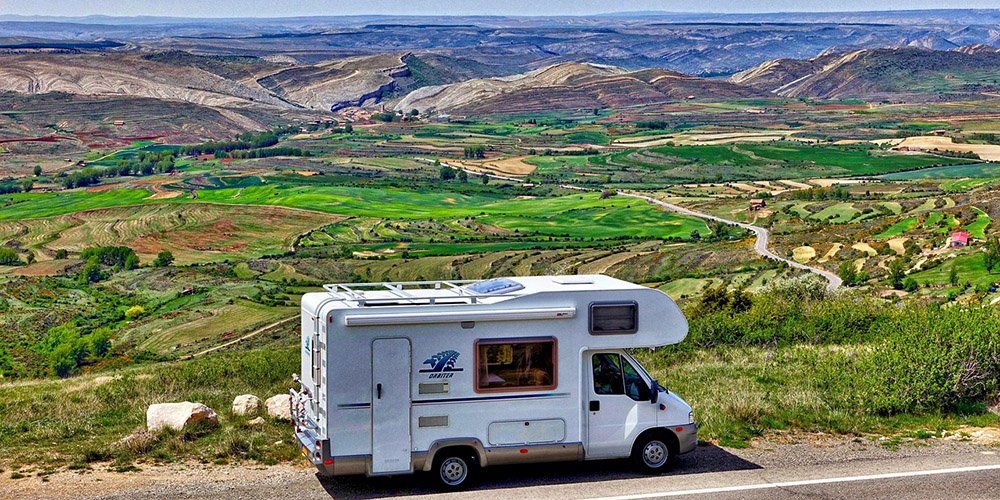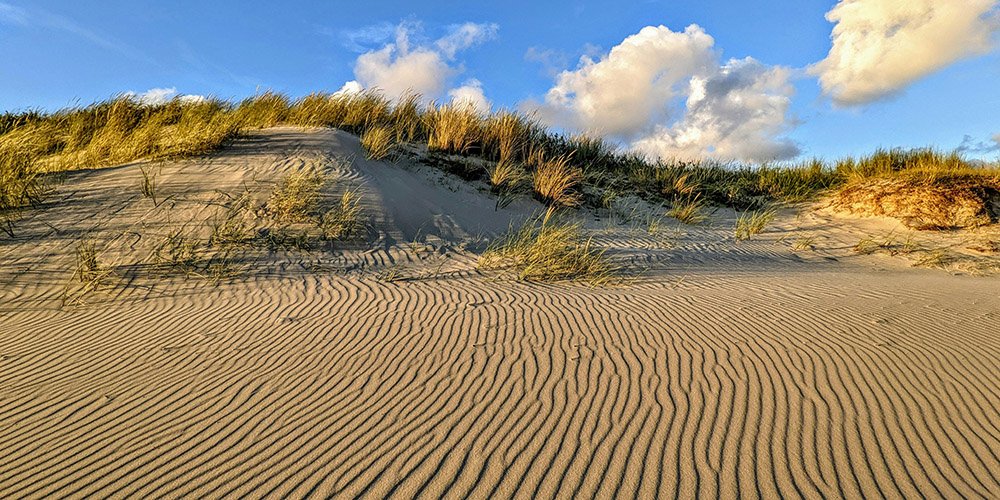How to Choose a Tent for Camping and Backpacking
Hey adventurers! Let’s talk tents. Picking the right tent is like choosing a home away from home. Whether you’re gearing up for a solo trek, a family outing, or a mountain adventure, the right tent makes all the difference. It’s not just about comfort; it’s about safety too.
Tents come in all shapes and sizes, each designed for different terrains, weather conditions, and space needs. Choosing wisely means you’ll have a shelter that keeps you dry, warm, and happy no matter where your trails lead.
Understanding Tent Types
When it comes to tents, one size definitely does not fit all. Here’s a quick rundown of the most common types you’ll encounter:
- Dome Tents: These are the go-to for most campers. With a simple structure and good resistance to wind, they’re versatile and easy to set up. Great for everything from weekend getaways to serious summit attempts.
- Tunnel Tents: If you need space and don’t mind a bit of extra setup time, tunnel tents are perfect. They offer superb space efficiency and are fantastic in windy conditions, thanks to their streamlined shape.
- Geodesic Tents: For the extreme adventurers among us, geodesic tents use intersecting pole structures to create a fortress that stands up to severe weather. They’re more complex to pitch but unbeatable in high-altitude or polar conditions.
Each type has its own pros and cons, depending on what you’re looking for. Dome tents are easier to pitch but might lack the space of tunnel tents. Geodesic tents are the sturdiest but also the heaviest. Think about where you’re headed and what you’ll face before you choose.
Capacity and Size
How big a tent do you need? Well, that depends on how you like to camp. Going solo and light? A 1-person tent is enough. Bringing the family? You’ll want something that can comfortably fit everyone and maybe a little extra room for gear.
But it’s not just about how many people can squeeze in. Consider the peak height and floor space. Being able to sit up, change clothes, or play a game of cards without feeling cramped can turn a tent into a cozy refuge from the elements. Remember, a little extra space can enhance comfort significantly, especially if you’re stuck inside during a downpour – Yeah, not fun but it happens.
Also read: Camping Setup: The Only Guide You Need

Weight and Packability
Alright, let’s talk about one of the biggest considerations for backpackers: weight and packability. When you’re carrying your home on your back, every ounce matters. But so does your comfort! Finding the right balance is key. Lightweight tents are fantastic for long treks where you don’t want to be weighed down. However, remember that the lighter the tent, the less likely it is to handle harsh weather.
Here’s a tip: Look for tents that strike a good balance. Ultra-light tents are great for solo trips or high-altitude adventures, but if you’re planning a casual trip with friends or family, a few extra ounces might not hurt if it means more comfort.
Material and Durability
Tents are typically made from nylon, polyester, or canvas, and each material has its strengths and weaknesses:
- Nylon: Lightweight and durable, nylon is a favorite among backpackers. It’s also water-resistant and quick-drying, making it ideal for wet conditions. Just keep an eye on UV degradation if you’re out in the sun a lot.
- Polyester: Similar to nylon but better at resisting UV damage and maintaining color. It’s a bit heavier but excellent for family camping where you might not be moving every day.
- Canvas: If you’re after a more traditional feel and aren’t bothered about weight, canvas is tough and weather-resistant. It’s perfect for long stays in one place, like a base camp, but not ideal for the trail.
Durability isn’t just about material. Check the fabric denier — a higher denier means thicker, tougher fabric. Also, consider the pole material. Aluminum poles are lightweight and strong, ideal for most camping scenarios, while fiberglass is cheaper but less durable. And last but not least, do your best to find tents that include sustainable materials to lower your footprint on the environment and make camping more sustainable.
Also read: Top Tent Camping Tips to Get Started!
Weather Resistance
No matter how sunny the forecast, always be prepared for weather to change on a dime. That’s where your tent’s weather resistance comes into play. Look for features like waterproof ratings above 2000 mm and seam taping to keep you dry during those unexpected downpours.
Tents are also categorized by seasonality:
- 3-Season Tents: These are the most popular and are designed to handle everything from spring showers to light snow. They’re perfect for most campers in most conditions.
- 4-Season Tents: Built to endure harsh winter weather, these tents feature sturdier poles and less mesh. They’re heavier but essential for winter camping.
- All-Season Tents: Somewhere in between, these can handle a variety of conditions, making them a versatile choice for campers who enjoy year-round adventures.
Also read: Camping for Beginners: Our Ultimate Guide

Ease of Setup
Who wants to fumble with tent poles as the sun sets, right? Ease of setup can be a game-changer, especially if you arrive at your campsite late or need to set up in a hurry. Dome tents are generally your best bet for simplicity—they often come with fewer poles and intuitive designs. Tunnel tents might take a bit more time, and geodesic tents require some patience due to their complex pole structures.
Quick setup features like color-coded poles or snap-on hooks can make a world of difference. And don’t underestimate the value of practicing at home before your trip. It’s all about getting your shelter up quickly and efficiently, so you can spend more time enjoying the wilderness and less time wrestling with your tent.
Ventilation and Comfort Features
A good tent is more than just a shelter; it’s your cozy retreat after a day of adventure. Ventilation is crucial, especially in humid conditions or when camping with companions. Look for tents with multiple vents or mesh panels that encourage airflow, which can help prevent that dreaded morning condensation.
For a touch of luxury in the wild, consider tents with extra features like vestibules for storing muddy boots, gear lofts to keep small items off the ground, and internal pockets for organizing essentials. These little comforts can enhance your camping experience significantly.
Price and Brand Considerations
Budget is always a factor, but remember, a tent is an investment in your outdoor lifestyle. It’s possible to find a great tent at a reasonable price, especially if you shop during sales or check out last year’s models. That said, don’t compromise on critical features for a lower price tag. It’s better to spend a bit more for a tent that will stand the test of time and weather.
As for brands, there are plenty to choose from. Brands like REI, Big Agnes, and MSR are known for their quality and durability. Each brand offers something a bit different, from ultra-light options for hardcore backpackers to roomier models for family outings. Take the time to read reviews and compare what’s on offer within your budget.
Final Thoughts
Choosing the right tent is all about matching your specific needs with the right features. Whether you’re a solo trekker needing a lightweight shelter or a family looking for comfort in the great outdoors, there’s a tent out there for you. Remember, the right tent not only provides protection but also enhances your overall camping experience.
So take your time, do your homework, and choose wisely. Your next outdoor adventure deserves a great beginning—and that starts with setting up the perfect tent. Happy camping, everyone!








